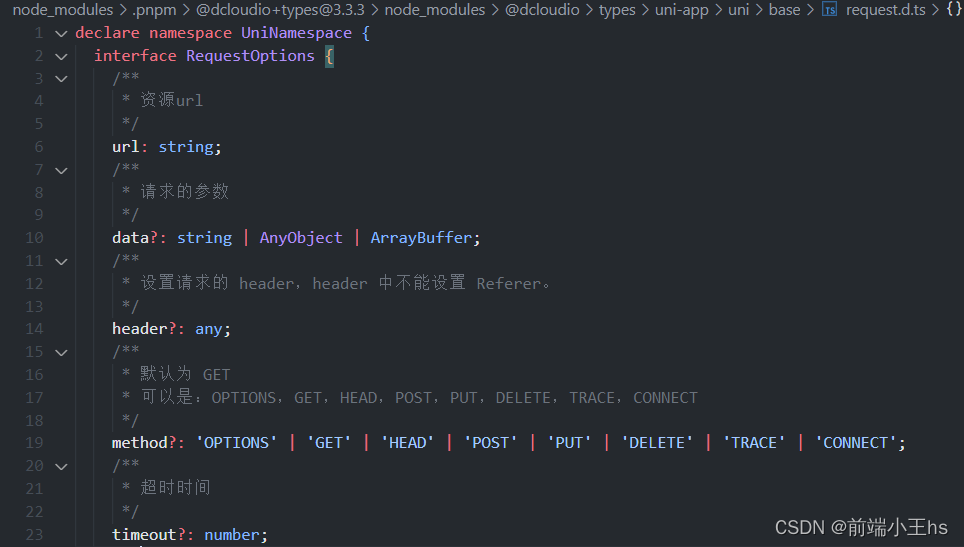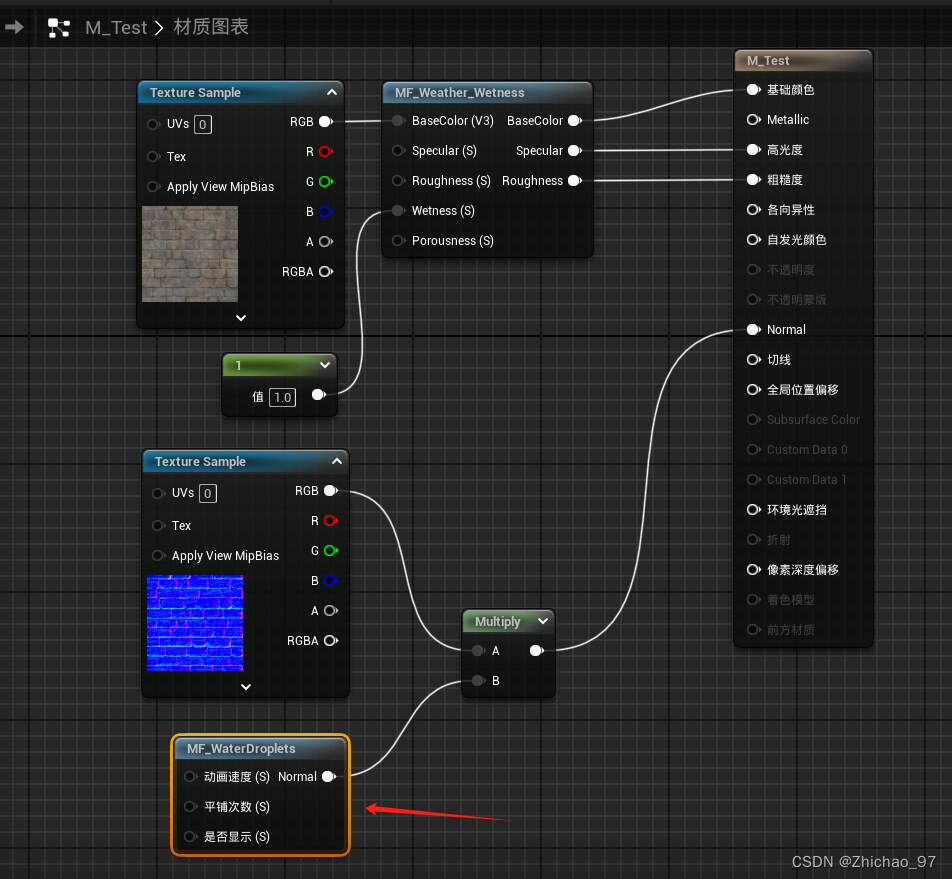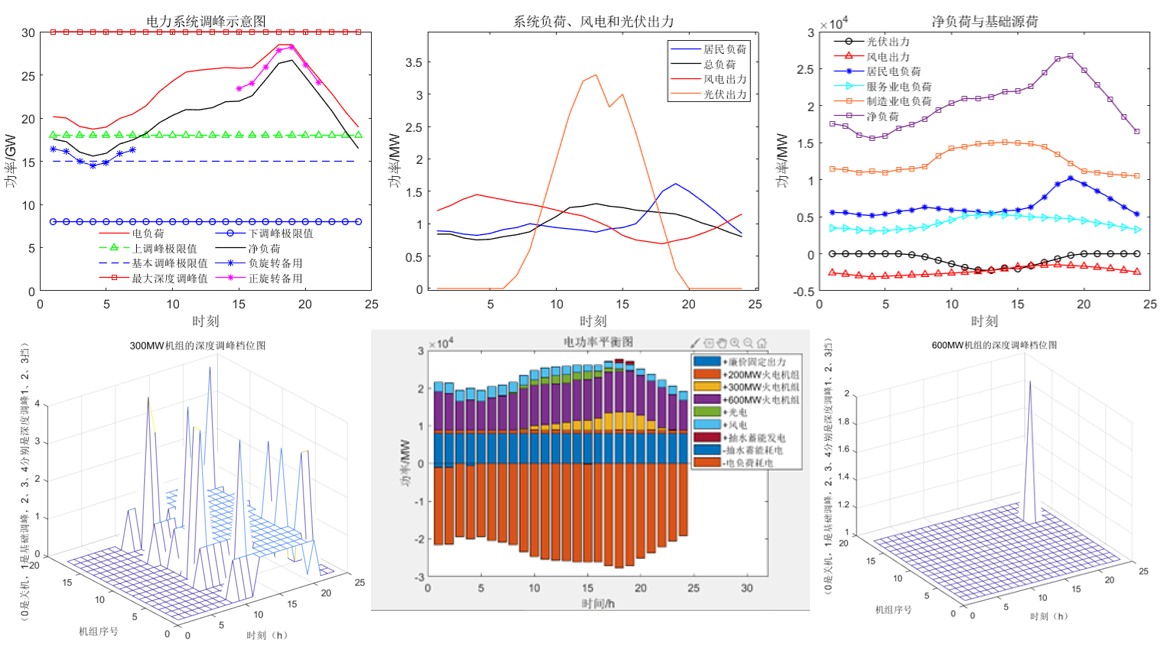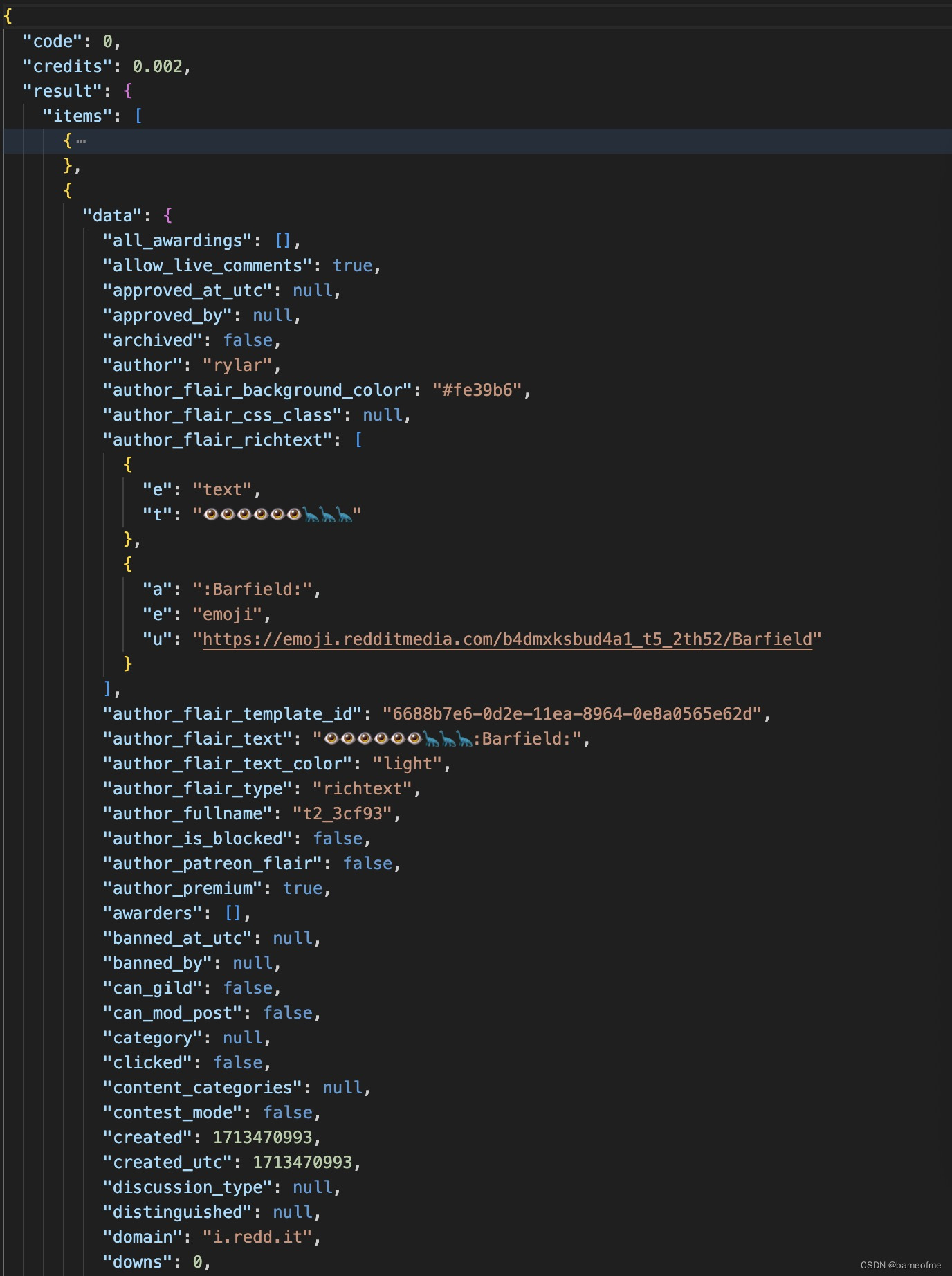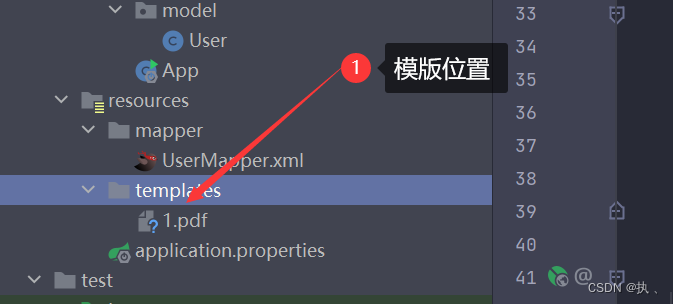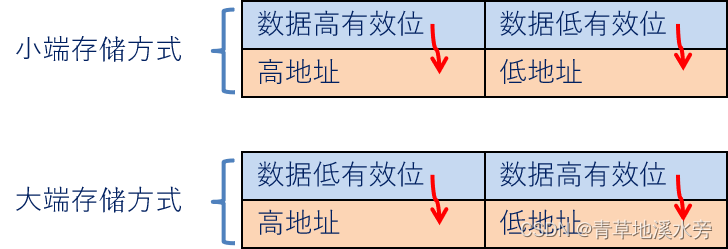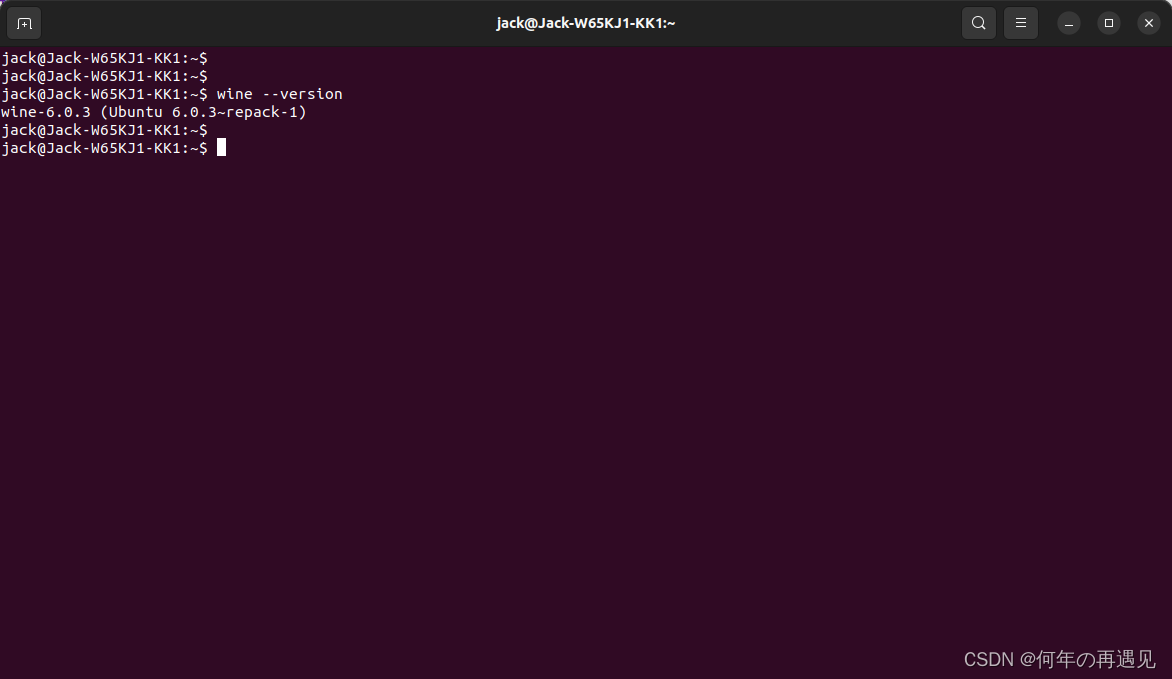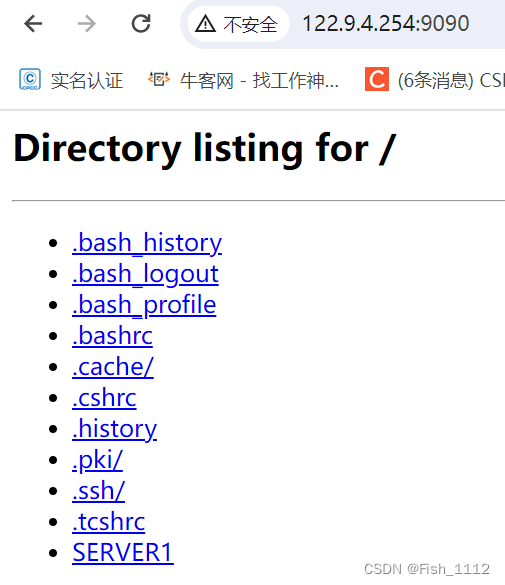Android用的linux内核,以完成OS该有的功能,例如,文件系统,网络,内存管理,进程调度,驱动等 ,向下管理硬件资源向上提供系统调用。另一些Android特有驱动也放在内核之中。
当linux内核启动完成后,便进行Android的初始化工作。
内核端
内核是在main.c中进行初始化,从kernel_init开始
static int __init kernel_init(void * unused)
{
lock_kernel();
/*
* init can run on any cpu.
*/
set_cpus_allowed_ptr(current, CPU_MASK_ALL_PTR);
/*
* Tell the world that we're going to be the grim
* reaper of innocent orphaned children.
*
* We don't want people to have to make incorrect
* assumptions about where in the task array this
* can be found.
*/
init_pid_ns.child_reaper = current;
cad_pid = task_pid(current);
smp_prepare_cpus(setup_max_cpus);
do_pre_smp_initcalls();
start_boot_trace();
smp_init();
sched_init_smp();
cpuset_init_smp();
do_basic_setup();
/*
* check if there is an early userspace init. If yes, let it do all
* the work
*/
if (!ramdisk_execute_command)
ramdisk_execute_command = "/init";
if (sys_access((const char __user *) ramdisk_execute_command, 0) != 0) {
ramdisk_execute_command = NULL;
prepare_namespace();
}
/*
* Ok, we have completed the initial bootup, and
* we're essentially up and running. Get rid of the
* initmem segments and start the user-mode stuff..
*/
init_post();
return 0;
}
在main.c 函数init_post()开始执行Android相关代码
if (ramdisk_execute_command) {
run_init_process(ramdisk_execute_command);
printk(KERN_WARNING "Failed to execute %s\n",
ramdisk_execute_command);
}
/*
* We try each of these until one succeeds.
*
* The Bourne shell can be used instead of init if we are
* trying to recover a really broken machine.
*/
if (execute_command) {
run_init_process(execute_command);
printk(KERN_WARNING "Failed to execute %s. Attempting "
"defaults...\n", execute_command);
}
run_init_process("/sbin/init");
run_init_process("/etc/init");
run_init_process("/bin/init");
run_init_process("/bin/sh");
run_init_process便是加载执行文件。可以看到有六处出现了这个函数,但是执行的是第一个,
也就是run_init_process(ramdisk_execute_command), 变量ramdisk_execute_command在kernel_init执行时被赋值为’/init’, 也就是说,将会执行根文件目录下的init进程,而这个进程正是Android的初始化进程.
Android端
在根目录下可以看到init是个软链接,真正的init文件在/system/bin下面

进入目录,真身就在里面

加载执行后,就是大家耳熟能详的init进程了,开始进入Android的世界。
int main(int argc, char** argv) {
#if __has_feature(address_sanitizer)
__asan_set_error_report_callback(AsanReportCallback);
#endif
if (!strcmp(basename(argv[0]), "ueventd")) {
return ueventd_main(argc, argv);
}
if (argc > 1) {
if (!strcmp(argv[1], "subcontext")) {
android::base::InitLogging(argv, &android::base::KernelLogger);
const BuiltinFunctionMap& function_map = GetBuiltinFunctionMap();
return SubcontextMain(argc, argv, &function_map);
}
if (!strcmp(argv[1], "selinux_setup")) {
return SetupSelinux(argv);
}
if (!strcmp(argv[1], "second_stage")) {
return SecondStageMain(argc, argv);
}
}
return FirstStageMain(argc, argv);
}
init可执行文件的命名
在源码/system/core/init目录下查看mk和bp文件,在文件Android.mk中
LOCAL_MODULE := init_first_stage
LOCAL_MODULE_STEM := init
在文件Android.bp中
cc_binary {
name: "init_second_stage",
recovery_available: true,
stem: "init",
defaults: ["init_defaults"],
static_libs: ["libinit"],
required: [
"e2fsdroid",
"init.rc",
"mke2fs",
"sload_f2fs",
"make_f2fs",
"ueventd.rc",
],
srcs: ["main.cpp"],
symlinks: ["ueventd"],
target: {
recovery: {
cflags: ["-DRECOVERY"],
exclude_shared_libs: [
"libbinder",
"libutils",
],
},
},
}
在Android 11源码中,mk文件和bp文件还是共存的,但mk在编译时会被转换成bp文件。在初始化的过程中,与Android密切相关的又分为两个阶段,但无论在第一阶段,还是第二阶段,其stem都是init。
